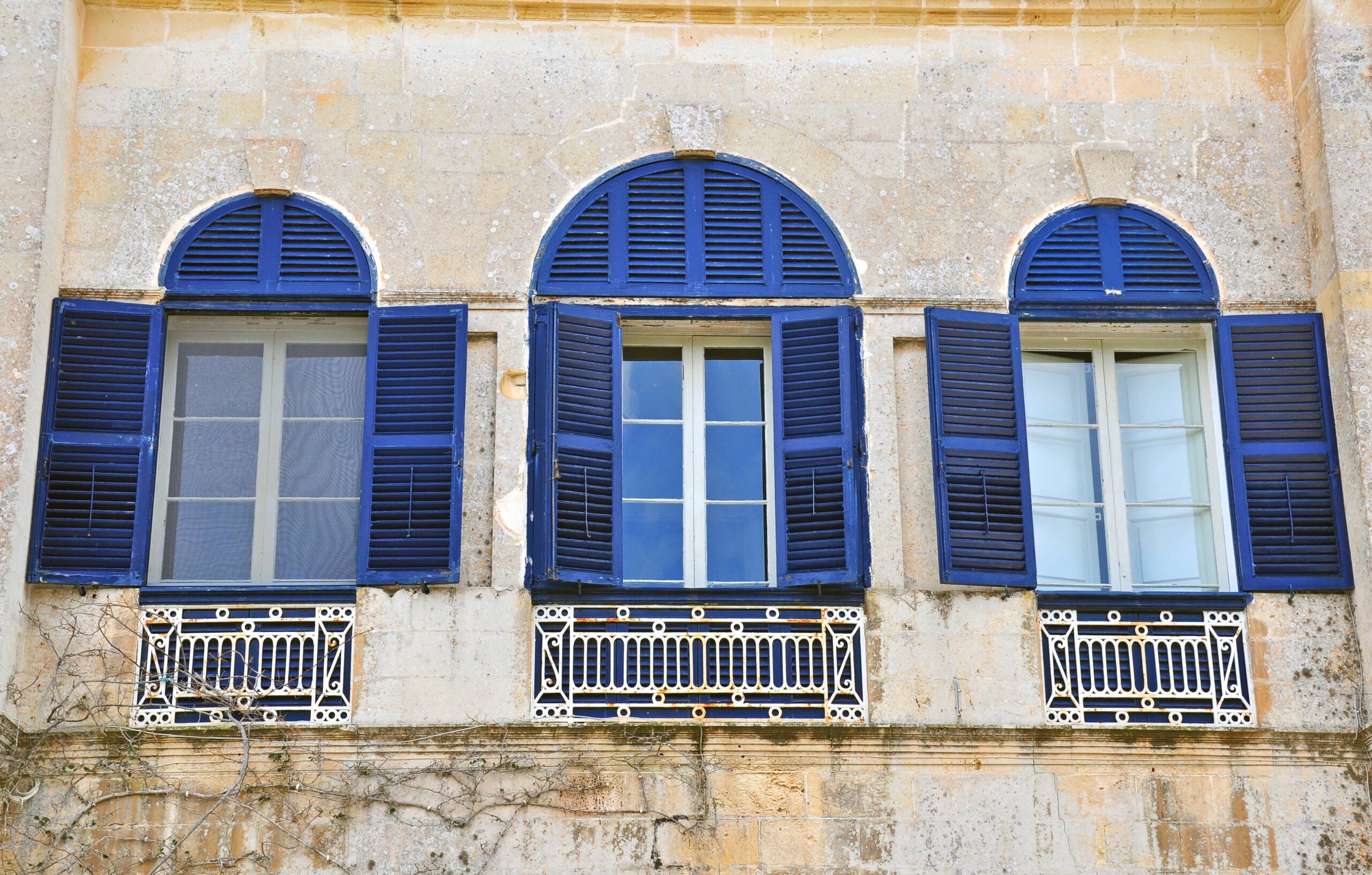The 2007 – 2008 global financial crisis has little effect on Malta, including its property market, which remained stable. Over the past two years, it has been noticed that its property market has in fact significantly improved, where it is argued by many that 2018 will by another high profile year.
The development within the property market in 2017 was quite significant, where there was an outstanding increase in: sales, recruitment of human capital within the real estate market and an the approval of developments for high profile developments as well as buy-to-let properties. Many argued that the success within this sector have resulted from:
- The individual Investor Programme (IIP)
- The exemption of stamp duty for first-time buyers
- A general low interest rate
- A growth in disposable income
- An increase in foreign workers in Malta
According to the National Statistics Office, within the third quarter of 2017, the house price index has seen an increase in 4.1% in the Euro area. This was also confirmed in the 2018 quarterly report of the Central Bank of Malta. According to the CBM, this figure was mainly based on the transactions involving apartments, maisonettes and terraced houses.
Upon consideration, the Central Bank of Malta has held that the resilient labour market conditions, the significant growth in disposable income, the increase in foreign workers in Malta and, to a lesser extent, the IIP programme have all contributed to the stead increase in Malta’s property prices. It also gave significant importance to the effect of the first-time buyer scheme, which exempts such buyers from stamp duty upon the transfer of such property.
When comparing Malta’s growth in the property market with that of other European countries through the Eurostat, Malta’s increase of 4.1% was the second-highest in the EU, following Ireland, whose growth was that of 5.7%. Other countries such as France only saw a 2.9% whilst countries such as Norway saw a decrease of -2.8%. In the second quarter, Malta saw an increase of 1.9%, which ranged in the middle between the highest, which was Latvia (5.7%) and the lowest, Belgium (-0.7%).
